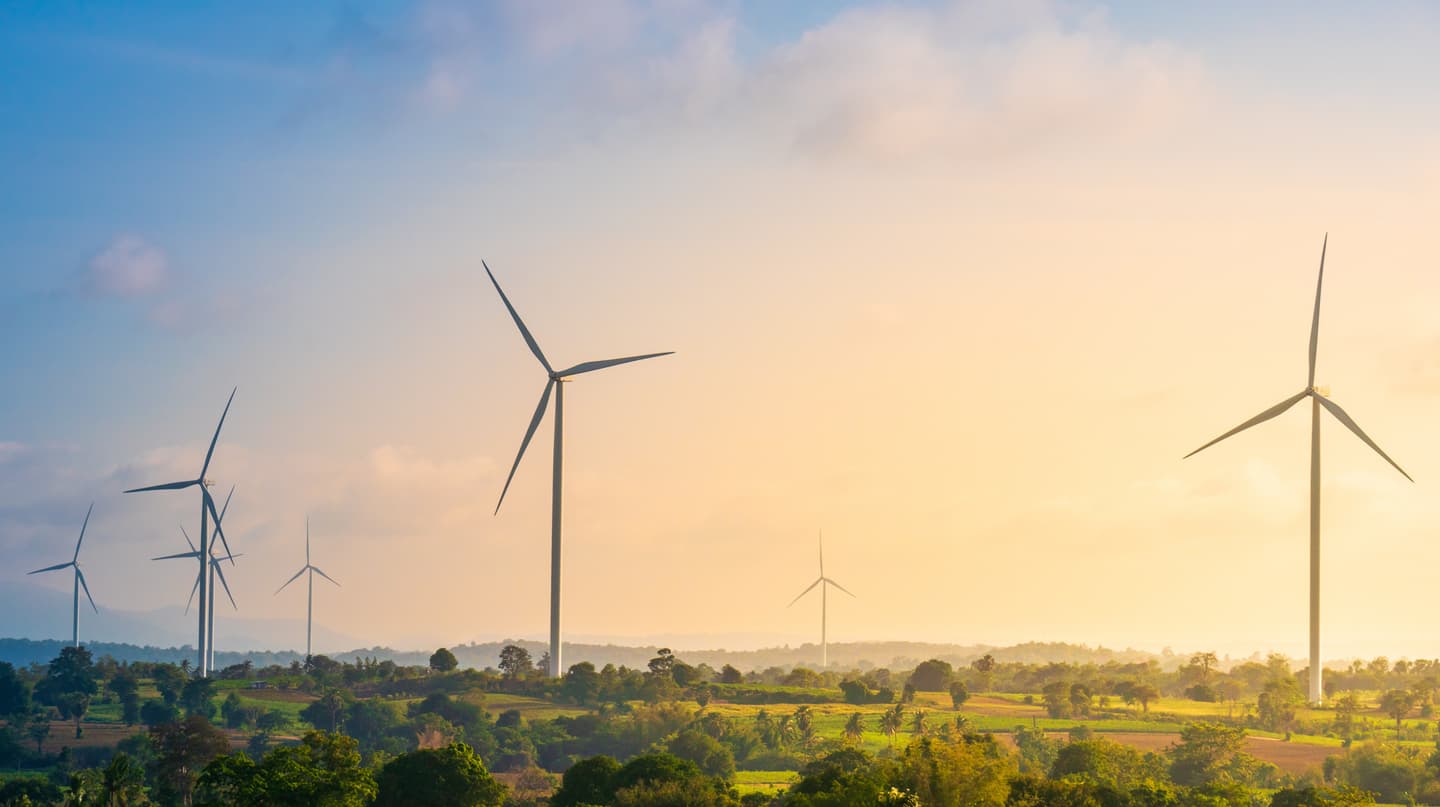Powering the future: How digital is redefining energy in Europe
I recently hosted a webinar called "Powering the future: How digital is redefining energy in Europe", which brought together voices from across the energy ecosystem. Featuring experts such as Kate Jones from E.ON UK, Dr. Kai-Philipp Kairies from ACCURE Battery Intelligence, Sebastian Haglund from rebase.energy, and Moa Borland from Emulate Energy, it turned into one of those rare conversations that was both forward-looking and brutally honest about the challenges of change.

No longer just steel and voltage
Europe’s energy transition is moving faster than most systems were ever designed for. Wind, solar, and storage are scaling up rapidly, markets are tightening, and policy is playing catch-up. Everyone agrees that flexibility and intelligence are essential and the debate is rather about how to get there.
As Dr Kai-Philipp Kairies put it:
Software is the only scalable way to make batteries safe, efficient and reliable.
Meaning, hardware still matters, but the real competitive edge now lives in software as the invisible infrastructure that interprets data, balances loads, and guides investment.
At the grid edge, companies like Emulate Energy are applying the same logic in households. Their tech connects EV chargers, heat pumps, and home batteries so they act like virtual batteries that can trade on flexibility markets. What used to be passive consumption is becoming an active part of the grid.
Designing for trust in an algorithmic industry
One of the toughest questions we discussed was how to build trust in automation. As algorithms take on more operational decisions, people need to understand why machines act the way they do.Adding visualisation is one way for operators to see what algorithms are doing and why, as Sebastian Haglund put it: “a highway to the brain”. It’s a simple but powerful idea: trust grows from comprehension. Systems that explain themselves will always be adopted faster than black boxes that hide their logic.
We talked about this as a partnership between people and algorithms. Humans still spot anomalies and edge cases; machines handle scale and speed. Together, they redefine what reliability means in a system that can never be entirely risk-free, but can be far better understood.
Markets operating at machine speed
Europe’s move to 15-minute trading intervals has quietly changed everything. Markets now clear four times faster, and human reflexes alone can’t keep up. Automation and algorithmic trading are creating a new kind of energy professional, part data scientist, part trader.
We used to hire people who could read markets. Now we hire people who can read data.— Sebastian Haglund
This shift is just as real within large organisations like E.ON. Data literacy is becoming as fundamental as safety training once was. The grid of the future will be an information network as much as a physical one, and everyone will need to navigate both.
Flexibility is as much about people as power
For Moa Borland at Emulate Energy, flexibility is both a technical concept and a behavioural one. Their platform automatically shifts household consumption without users needing to think about it, then shows the savings in real time. Complexity turned into clarity.
Kate Jones at E.ON described a similar change on the business side:
Every business uses energy differently. A manufacturer doesn’t behave like a supermarket or a data centre. The role of digital is to tailor, predict, and optimise around those differences.
In both cases, the customer stops being a passive endpoint. Through data and automation, they become part of the operating logic of the energy system itself.
Culture, speed, and the limited systems
One thing that struck me was how often the conversation came back to pace. Startups like rebase.energy and Emulate Energy work in weekly cycles. They have to move that fast.
Sometimes it’s not mindset that slows you down. It’s the system itself — data gaps, compliance rules, missing smart meters — they all set the speed limit for innovation.— Moa Borland
Larger organisations face the opposite tension: governance slows response. Kate Jones acknowledged that, but also pointed to progress through continuous learning and digital academies that give teams confidence to act faster.
A new architecture for change
By the end of our session, one thing was clear: digitalisation isn’t a layer sitting on top of the energy system anymore — it is the system.
Across both startups and incumbents the challenge will be to keep up with a world that evolves faster than the processes built to manage it. Success will depend on learning, connecting, and adapting at digital speed.
Sebastian Haglund summed it up nicely:
It’s very difficult to collaborate across different companies and systems. What I’m really hoping for in the future is a more interoperable digital landscape in the energy space.
That interoperability point resonated deeply. Trust, openness, and design thinking are becoming just as critical as engineering precision. The companies that thrive will be those that treat adaptability as a core skill, not an afterthought.
Final thought
If there was a single takeaway from this webinar, it’s that Europe’s clean-energy transition isn’t just about technology. It’s about learning at every level: people, organisations, and systems.
You can watch the full discussion Powering the Future: How Digital is Redefining Energy in Europe here — and explore more of the companies driving this change in the latest Digital Energy 40 report.
 David MitchellChief Growth Officer
David MitchellChief Growth Officer





